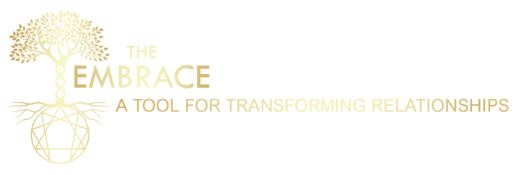What is the Enneagram?
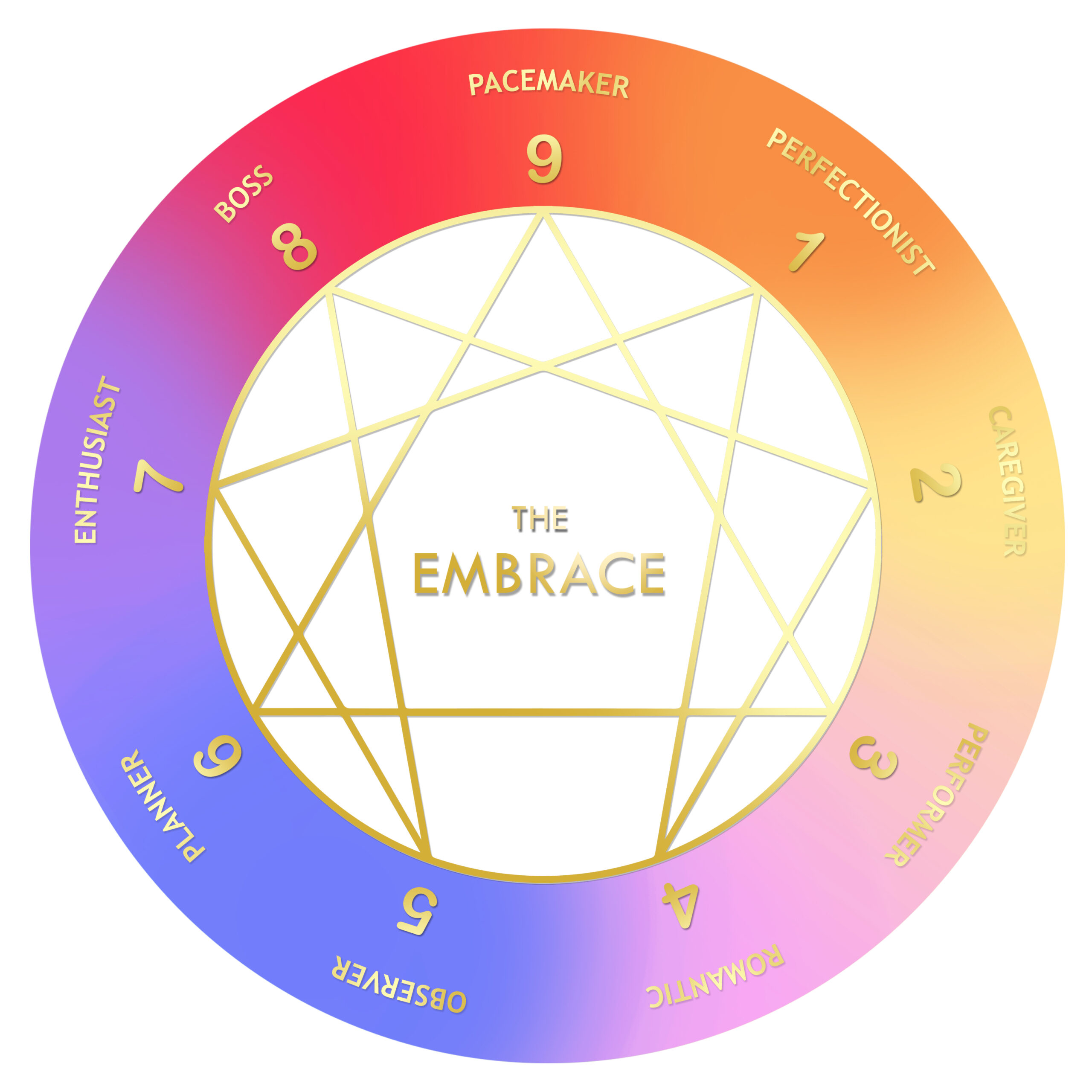
The Enneagram:
- Is a sacred system for understanding and transforming the human psyche.
- Accurately describes the nine survival patterns of thinking, feeling and behaving - the wiring of the false ego.
- Allows one to understand the interdependent and mutually sustaining elements of a natural process.
The Enneagram of Personality - dates back to the fourth century A.D. and is the foundation for the development of psychology.
The Enneagram Symbol - The name Enneagram comes from the Greek word meaning nine and Gramma meaning figure, but it is unknown who came up with the enneagram symbol. It dates back to Babylonian era of 2500 B.C. It has roots in classical Greek thought of Pythagoras, Plato and can be found in Neoplatonic philosophy.
How The Enneagram can help you
The Enneagram is a fundamental tool and the most effective system for understanding the human psyche. It is used to help awaken us from our survival patterns. The experience gained by embracing the wisdom of the Enneagram can help you to understand your own inner patterns and tendencies that cause suffering.
Whilst we can each relate to the various distortions or misperceptions within, there is only one which locks us in a survival pattern. By simply acknowledging the root of our own imbalance, how we each get trapped in our false ego becomes evident. The path of our awakening lies in this process and can reveal to us how we can align with our own intrinsic nature, transform our relationships, and shine.
Human Nature's Divine Attributes are: purity, kindness, love, joy, peace, intelligence, absorption/attractiveness, cosmic power (Shakti) and awareness. These are the Source of the True Self.
If you are sincere, self reflective and motivated to transform your life, then expect a complete shift in your approach and thinking in all your relationships. You will experience profound clarity and an ability to deepen your connection with yourself and others.
The Enneagram Mandala
The Enneagram is sacred mathematical algorithm which relates to sacred geometry such as vortex mathematics and the flower of life.
Unity - The Flower of Life represents the universe or unity. It is the fundamental template for everything in existence. All geometric forms can be found within it, including sacred geometry. It symbolises creation and reminds us of the unity of everything.
The Law of Three - is represented in all spirituality and sacred science such as: Christ Consciousness: the trinity of the Father, Son and Holy Spirit; Judaism: Kabbalah: (Kether, Binah and Hokmah); Buddha Consciousness: Buddha is Dharma and Sangha; Hinduism: Vishnu, Brahma and Shiva; Vaisnavaism: Srimad Bhagavatam - Sat-Chit-Anand; The Way of Tao: Heaven, Earth and Man; Fundamentals of Science: Atom - subatomic scale, Proton, Electron; Neuron Physics: the force of strong, weak and electromagnetism.

Universal Mandala - Unity -
Circle - Oneness, Wholeness, Union and Joining, God is One... Ek Number!
Distinguished in all Western religions, Judaism, Christianity and Islam.

The Law of Three
- existence -
Triangle - rather than duality of black/white, good/bad, male/female: the universe manifests as the trinity of 3 or God's manifestation of 3 spheres.
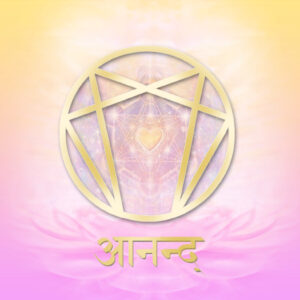
The Law of Seven
- Evolution -
Hexad - Symbol of 1-4-2-8-5-7 the process and development over time where nothing is static, everything is moving and becoming something else.
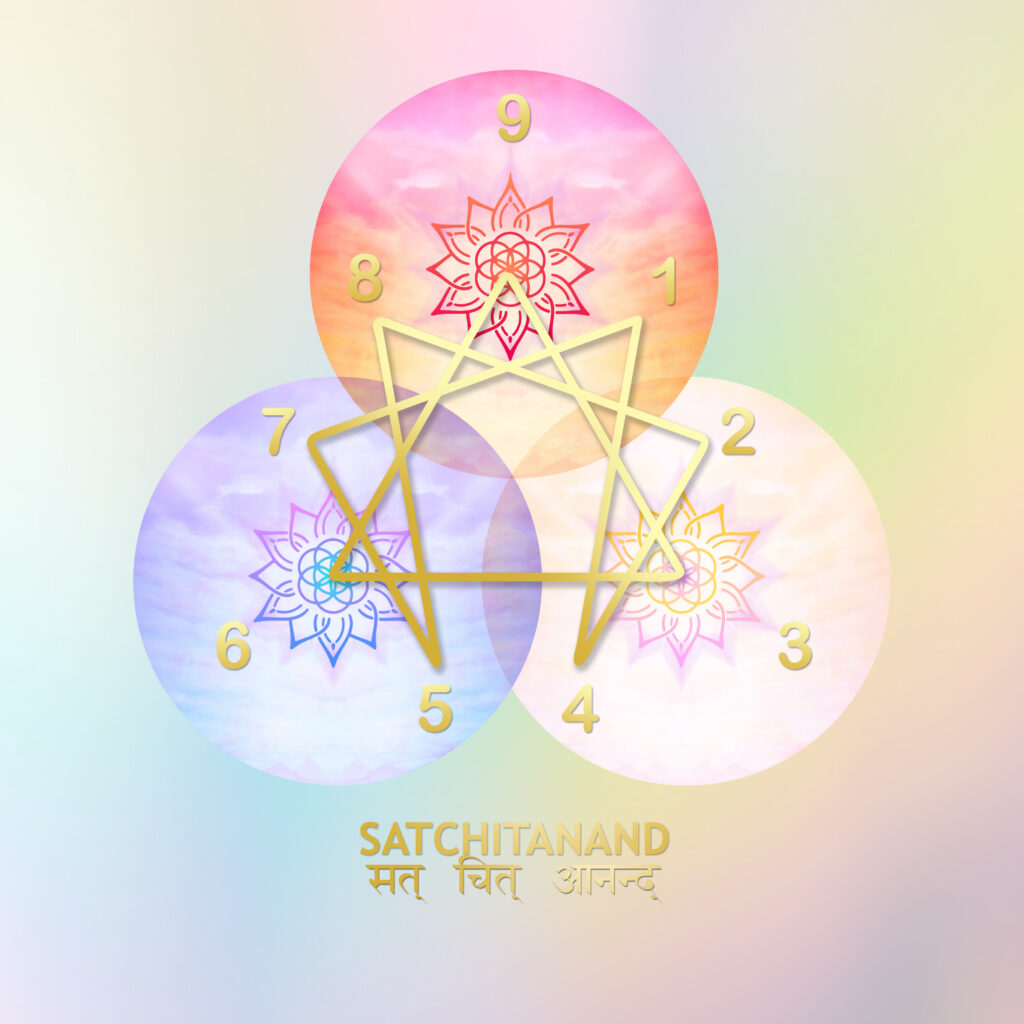
9 personality types
The enneagram accurately reveals the wiring of the false ego of 9 types - the survival and functioning patterns of thinking, feeling and behaving.
There are also 3 subtypes of social, sexual and self preservation.
There are also 3 triads
Enneagram Triads
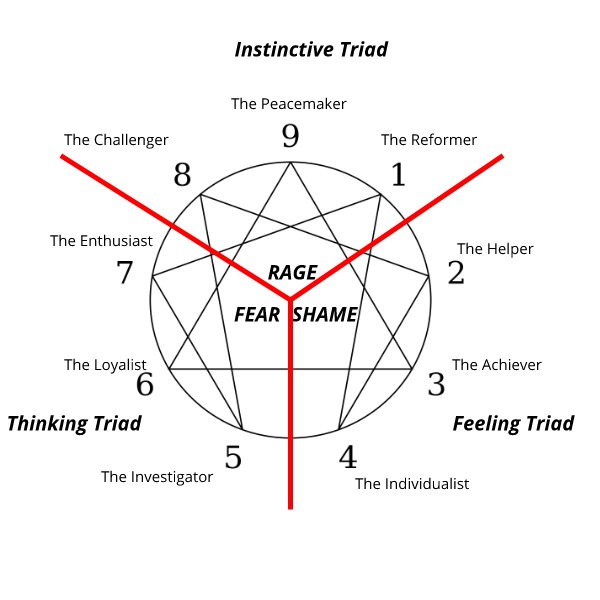
THE GUT: 8-9-1
The Gut Triad copes with their dominant emotion of anger or rage in the way they respond to gut feelings, or physical sensations. 8s express their anger outwardly, 9s deny and likely feel threatened by these emotions, and 1s repress and try to control it.
Goals:
Pursue needs
Assure well-being
Be grounded in self and world
THE HEART: 2-3-4
The Heart Triad copes with their dominant emotion of shame in the way they respond to the moods and feelings of themselves and others. 2s attempt to control their shame, 3s deny it, and 4s (like 2s) try to control it.
Goals:
Meet needs for connection
Receive recognition
Gain empathy
THE HEAD: 5-6-7
The Head Triad copes with their dominant emotion of fear in the way they respond to how they think and analyse. 5s express their fear by withdrawing, 6s turn to the outside world for security, but likely always feel anxious, or they confront it, and 7s distract themselves from it.
Goals:
Minimise anxiety
Obtain certainty and security
Gain knowledge
